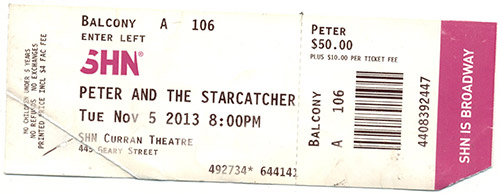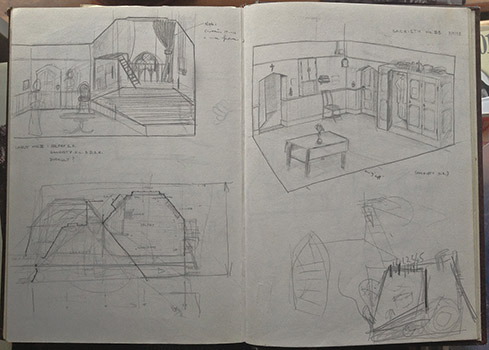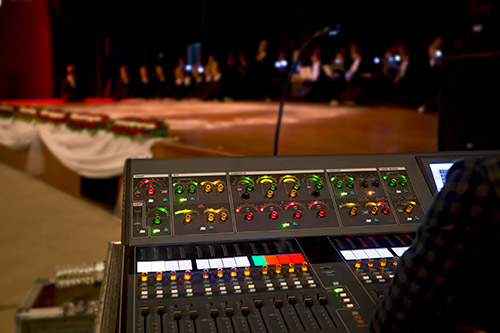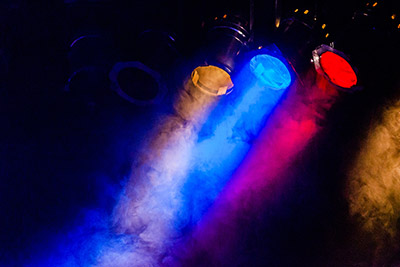Learn
Types of Design
"Without collaboration, you can't make a play."
This quote is from Jim Nicola, artistic director of the New York Theatre Workshop and such projects as Once and Peter and the Star Catcher.

A ticket from Nicola's production of Peter and the Star Catcher. Image is licensed under CC BY-ND 2.0.
Putting the entire production together relies on creativity and open communication among the production team. A director has a vision for the show and must communicate it to the artistic staff. This staff is made up of producers and directors, which have already been covered in earlier lessons. Now, we will focus on the creative team, specifically the scene, costume, lighting, and sound designers. Visit the following pages on Arts Alive to learn more about each designer.
All of these designers have independence in making decisions within their areas of responsibility, but what must be remembered is that the director has final approval. The play is the director's vision and the designers must meet that vision.
Costume Design
What does the costume designer do?
They must develop costume sketches for approval by the director, like the one below by Diana Eden for the show Tamara.

Sketch by Diana Eden for the stage show Tamara produced in New York City, which opened December 3, 1987. Image has been released into the public domain by the author. See larger version of costume sketch here.
As you read the following articles, think about what the costumes would look like for a production of Sun Dried by Edna Ferber.
- Read Show Day and the Final Result to hear about a costume designer's role in a production of The Cagebirds: A Play.
- Check out some costume sketches for a production of King Lear from Arts Alive Canada.
Once the sketches have been approved, a costume plot, or a list that shows what each character wears in each scene in a show, is created. This helps to track all of the costume needs for a show. It helps the actors know what they will wear in each scene.
Scenic Design
What does the scenic designer do?
Based on the ideas of the director, the scenic designer creates sketches and models to present for approval.

Set design sketches; see larger version of set sketches here. Image is licensed under CC BY-NC-ND 2.0.
Once again, Arts Alive gives many different examples of models in Imagined Spaces: Scenic Design at the National Arts Center – The Designers. Open this page and click the names of at three different designers. As you explore, you will see beautifully-created, miniature versions of what the eventual stage will look like.
Next, read Introduction to Theatrical Drawing from Northern State University to learn about the process of creating a scenic design. As you read through this, consider what the set of Sun Dried by Edna Ferber would look like.
Sound and Lighting Design
Finally, we must consider sound and lighting design. What does the sound designer do?
This can include any sound effects needed for the mood of a production. Does a show need thunder, gun fire, or a door bell? his would be within the responsibility of the sound designer!

An audio mixing board next to a theater stage.
What does the lighting designer do?
Lights can be used for special effects or to set the time of day. The lighting designer works closely with the costume and scenic designers. Shine a red light on and white wall and it is no longer white! These designers must collaborate to ensure that all pieces work together to meet the director's vision and give the audience the show they expect.

Many stages have lights of different colors that can be used and combined to create different effects.

